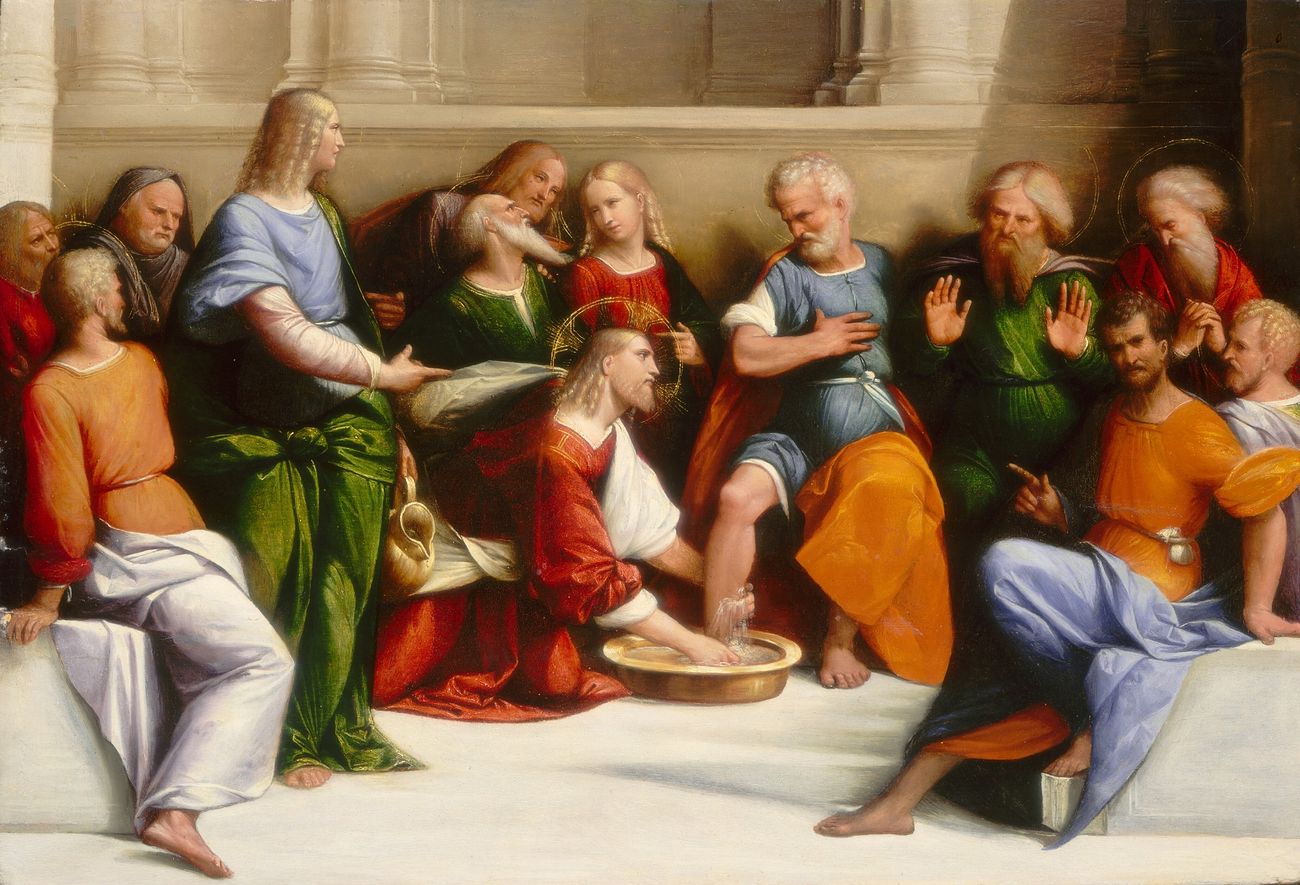This shared terminology is what helps breed unity at Toyota and assists their workforce in all staying on mission together. The same can be true about all Christians, too. Church clergy and even laity are all guilty of using the same words and simply assuming that every other believer just knows exactly what they mean. The issue is that the church can be more diverse than we realize and this assumption that our terminology is universally adopted by others can lead to misunderstanding and frustration in the church. This means we cannot take for granted that what I understand to be a disciple is the same as what you understand a disciple is. It’s necessary that we actually take some time to define what a disciple is so you can better understand what I mean when I use the word.
In its simplest form, a disciple is any believer who is a Christian. “It’s someone who converts from his or her previous manner of living—the repentance of sin and faith in Christ—and that person then begins a lifelong, loving relationship with the living Christ, evidenced by a pursuit of becoming like Christ through obedience to His teachings”.[1] It’s difficult to argue with this definition, but it’s not as simple as it first appears. Many churches and church leaders would argue that there is a difference between simply being a convert, that is someone who has placed their faith in Jesus and has been “saved,” and someone who is a disciple. The difference is also presented by Cardoza later in his lecture. This difference is that the disciple is in an active relationship with Jesus and they are actively pursuing Him. The disciple stands out from the convert in their actual effort and results in becoming more like Christ.[2]
In the New Testament, the Greek word used for disciple would be understood as a learner or student[3]. When the people of the New Testament time heard about Jesus’ disciples, this is the impression they would immediately have. The twelve would have been seen and seen themselves as Jesus’ students. This relationship was a normalized social relationship in the time of the New Testament. Many teachers and masters had disciples who followed them. We shouldn’t confuse this teacher pupil relationship for the sort of modern relationships that we see between, for example, a high school teacher and their pupil. While it’s not unheard of for a student to be friendly with their biology teacher, it would be fairly inappropriate for that same biology teacher to invite that student to their home for dinner. This is not necessarily the case for disciples and their teachers in the New Testament. In fact, the relationship between the disciple and their teacher would be one of the main driving forces for the development of the disciple.[4]
A disciple is defined only by their relationship to Jesus. More specifically, a disciple is not simply someone who has a relationship with Jesus or just knows who He is. You wouldn’t consider someone who just knows who Taylor Swift is to be her student, right? In the same way, the bar for someone to be considered a student of Jesus is also much higher than simply knowledge. A disciple is better understood as someone who has an active relationship with Jesus where they are involved in growing their relationship with Him on a regular basis. This is what is meant when the term “disciple” is used, and it is what those who lived during the time of Jesus would have understood a disciple to be.
There is one important difference that must be addressed between the New Testament understanding of a disciple and Jesus’ understanding of the term. In the time of the New Testament, a disciple eventually finished their instruction and became a teacher themselves. [5] This is not so with Jesus and His disciples. While there are certainly disciples in our churches who teach, preach, and lead others to a deeper relationship with Jesus, they never attain a level of discipleship where they are ready to retire the “disciple” label for the label of “teacher.” This is made clear in Mt 23:8-10 when Jesus instructs that His followers should never be called teacher or master because they only have one teacher and master, Jesus. [6] This provides the final piece to the image of what a disciple looks like.
Let’s put it all together into one holistic definition. Scripture uses the term disciple to include everyone who has placed their faith in Christ, so being a disciple requires to actually be a believer. Jesus and those who lived with Him would have understood that a disciple is someone who is learning from and in a growing relationship with a teacher, so it also requires the believer to not just simply know Jesus but to be in a growing relationship with Him. Finally, it is a term that has no clear ending. A person is a disciple for their entire life, and even perhaps into eternity. Therefore, when we use the term disciple we mean a person who is a believer in Jesus Christ as He is presented in the gospels. They not only know who He is but are in an active and growing relationship with Him in order to emulate Him in their own lives and are pursuing to deepen this relationship. They also are a lifelong disciple, never believing they have attained enough knowledge, wisdom, or familiarity with Jesus that their pursuit has come to a close. With that said, the only question now is are you a disciple?
[1] Cardoza, ED205 Discipleship in History and Practice.
[3]Kvalbein, “Go Therefore and Make Disciples … The Concept of Discipleship in the New Testament.”
[6] Kvalbein, “Go Therefore and Make Disciples … The Concept of Discipleship in the New Testament.”





0 Comments